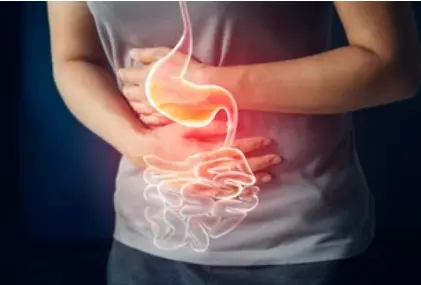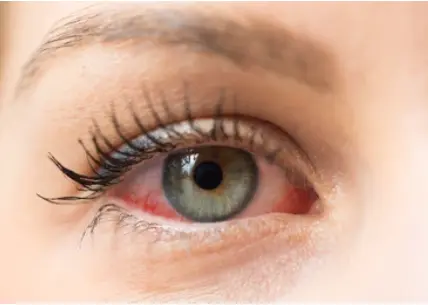 Welcome
Welcome
“May all be happy, may all be healed, may all be at peace and may no one ever suffer."
Lacrimation - Generics
Lacrimation, also known as tearing or crying, is a natural process that occurs when the body produces tears to lubricate and protect the eyes. Tears are produced by the lacrimal gland, which is located above the outer corner of each eye, and are spread across the surface of the eye by blinking.
Lacrimation can be a normal response to a variety of factors, including emotional stress, irritation of the eyes, bright light, or yawning. It can also be a symptom of an underlying condition, such as dry eye syndrome, allergies, or an infection of the eye.
Excessive lacrimation, or tearing that is persistent and severe, can be a sign of an underlying medical condition and may require medical attention. Other symptoms that may accompany excessive tearing include redness, itching, pain, or vision changes.
Treatment for lacrimation depends on the underlying cause. If it is due to an infection, antibiotics may be prescribed. Allergies may be treated with antihistamines or other medications to reduce inflammation. In cases of dry eye syndrome, artificial tears or other lubricating eye drops may be recommended.
If you are experiencing excessive or persistent tearing, it is important to speak with your healthcare provider to determine the underlying cause and appropriate treatment.

Pregnancy-associated naus...

Pylorospasm

Parenteral Nutrition and...

Miscarriage

Kidney disease

Cracked and itchy skin
Abortion

Red-eye
Lacrimation, ল্যাক্রিমেশন
To be happy, beautiful, healthy, wealthy, hale and long-lived stay with DM3S.